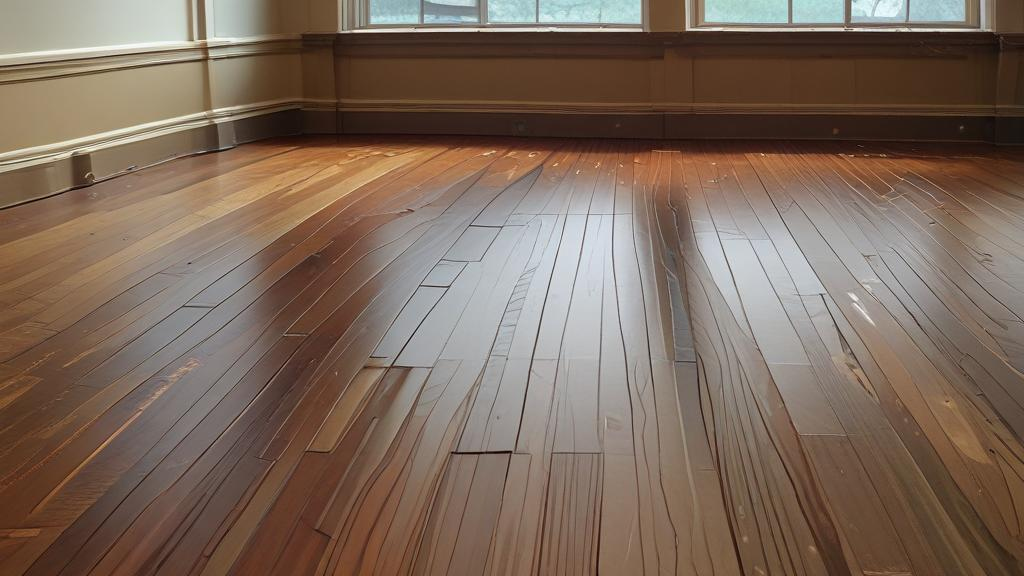Introduction
Water damage poses a significant threat to the integrity and aesthetics of hardwood floors in homes. Whether caused by flooding, plumbing leaks, or excessive moisture, the effects can be costly and extensive. In this guide, we’ll explore the signs of water damage to hardwood floors, effective repair methods, and factors to consider when deciding between repair and replacement.
Understanding Water Damage to Hardwood Floors
Recognizing the Signs
Water damage to hardwood floors can manifest in various ways, making it essential to recognize the signs early. The most common indicators include warping or buckling, discoloration, soft and spongy wood, and the presence of mold or mildew. These signs often signal underlying moisture issues that require immediate attention to prevent further damage.
Assessing the Damage
Upon discovering signs of water damage, it’s crucial to assess the extent of the damage promptly. Factors such as the duration of exposure to water, the type of hardwood flooring (solid or engineered), and the severity of the damage will influence the repair approach. Timely action can mitigate further deterioration and increase the chances of salvaging the hardwood floors.
Also Read: Repairing Water Damaged Subfloors: A Comprehensive Guide
Repairing Water-Damaged Hardwood Floors
Immediate Steps
When water damage is detected, swift action is necessary to minimize its impact. Begin by thoroughly cleaning the affected area with a high-quality wood cleaner to remove dirt, debris, and contaminants. This prepares the surface for further treatment and evaluation.
Minor Damage Repair
For minor water damage, such as slight warping or discoloration, targeted repair efforts may suffice. Applying a plant-based wood oil finish can help nourish the wood and enhance its resilience against future moisture exposure. Regular maintenance, including scheduled cleaning and inspection, is crucial to preserving the integrity of the repaired hardwood floors.
Major Damage Considerations
In cases of extensive water damage, where floorboards are severely warped or buckled, more comprehensive repair or replacement may be necessary. Solid hardwood flooring offers greater repair options, allowing for sanding, restaining, and replacement of damaged boards. Engineered wood flooring, with its thinner top layer of real wood, may present limitations in repair options.
Professional Assistance
When facing significant water damage to hardwood floors, seeking professional assistance is advisable. Experienced contractors can conduct thorough inspections, identify underlying moisture issues, and provide expert guidance on repair or replacement options. Their expertise ensures proper restoration and minimizes the risk of further damage.

Deciding Between Repair and Replacement
Factors to Consider
Several factors influence the decision to repair or replace water-damaged hardwood floors. The duration of exposure to water, the type of flooring material, the severity of the damage, and the condition of the subfloor are critical considerations. Additionally, matching stain colors and maintaining aesthetic consistency may influence the decision-making process.
Repair Options
For minor damage, repairing affected boards and refinishing the entire floor may be a viable option. However, if the damage is extensive or has compromised the structural integrity of the floor, replacement may be the most practical solution. Professional assessment and consultation can help homeowners make informed decisions based on their specific circumstances.
Also Read: Exploring the Dilemma of Water Damaged Ceilings: Causes, Detection, and Repair
Conclusion
Water damage to hardwood floors presents a significant challenge for homeowners, but timely intervention and appropriate repair measures can mitigate its impact. By recognizing the signs of water damage, assessing the extent of the damage, and considering repair options, homeowners can restore the beauty and functionality of their hardwood floors. Whether opting for minor repairs or complete replacement, seeking professional assistance ensures optimal results and long-term durability.
In conclusion, addressing water damage to hardwood floors requires diligence, expertise, and timely action. By prioritizing maintenance and prompt repairs, homeowners can safeguard their investment and enjoy the timeless beauty of hardwood flooring for years to come.










